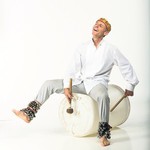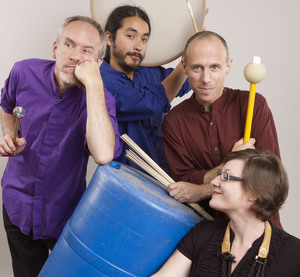Promotional Materials & PR
Awards
2016 #1 Best of WNC Kids Entertainer - Billy Jonas
Mountain Express, Asheville NC
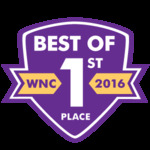
2015 Parents' Choice Gold Award
Album: "Build It Back Again"
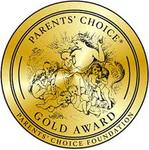
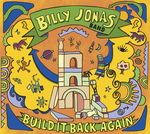
2013 1st Place Eco Arts Awards Creative Excellence
Song: "To Be One" from the album,"Happy Accidents"
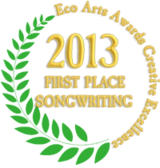
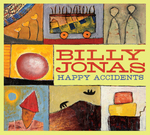
2009 Parents' Choice Gold Award
Album: "Happy Accidents"
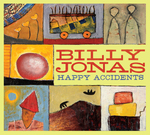
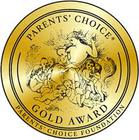
2009 USA Today's Top 10 Family Recordings
Album: "Happy Accidents"

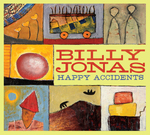
2004 Parents' Choice Silver Honor Award
DVD: "Everybody's In The Band"
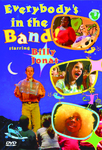
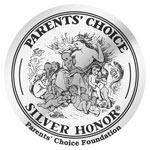
2002 1st Place Gold! American Federation of Independant Musicians Award
Album: "What Kind of Cat Are You?!"
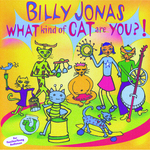
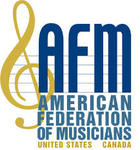
2002 Parents Choice Gold Award
Album: "What Kind of Cat Are You?!"
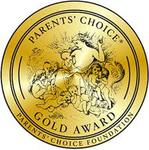
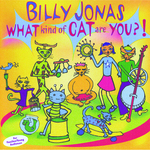
2000 Parents' Choice Gold Award
DVD: "Bangin'& Sangin'
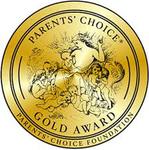
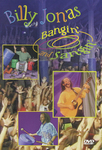
1997 WINNER - "Road to Paradise" Ecological Songwriting Award
Song: "Some Houses"
FAQ
Frequently Asked Questions
(and frequent answers given!)
"Industrial Re-percussion" refers to musical instruments made from found, foraged, and recyclable objects, like pots, pans, tin cans, buckets, keys, and broomsticks
2. What is "Funky Folk Music?"
"Funky Folk Music" is genre-bending, style-blending singalongs, bangalongs, whisperalongs, soundscapes, and improvisations, using a quirky mix of traditional and conventional instruments as well as industrial re-percussion.
3. What is a "Neo-tribal Hootenanny?"
A "Neo-tribal Hootenanny" is a gloriously participatory musical gathering, featuring funky folk music, and whatever else seems to fit! It can happen anywhere, anytime, with anyone, and anything.
4. How/when/why did you get the idea of playing on recycled instruments and involving the audience?
Phase One: It all began at summer camp, around the campfire, where, just as in a tribal culture, the lines were blurred between performer and audience - everybody was part of the band! Guitars, a harmonica, buckets, sticks, rocks, and everybody singing together - Heaven!
Phase Two: In high school and college most of my friends were not musicians, yet they wanted to play, so we had massive ‘kitchen jams,’ playing pots and pans with chopsticks. In college (Oberlin, in Ohio) we turned it into a band, ‘The Big Bang Theory,’ a voice and percussion ensemble using all found objects and homemade instruments.
Phase Three: After college I began writing songs and playing them at coffee houses and ‘open stages.’ I would present them raw, with just one water bottle drum and my voice, imagining that if they worked in this striped down form, they were worthy to develop into full blown songs with guitar or other traditional instruments, but the response to the songs in this initial raw form was so strong, and the smiles were so big, that I realized they were often complete as they were. I was also imagining that when the songs were finished they would have a full band playing and singing them. To approximate that, I would give simple parts out to the audience. Again, they were so much fun in this experimental form that that often became the final form of the song.
5. What was the first instrument you learned to play & when?
Piano at five years old, guitar at eight, trombone at ten. No discipline though, so I graduated to pots and pans in high school.
6. What is it about your music, do you think, that has such a universal appeal? It's especially striking how it seems to span generations, from toddlers to senior citizens.
Enthusiasm and joy - everybody can relate to that. The participatory aspect makes it extremely inclusive, and the homemade / recyclable instruments make the songs and performances universally accessible -- everybody says “hey, I could do that!”
7. Where did you grow up? Did you come from a musical background (other family members musicians, etc.)?
I grew up in Chicago. Many people in my family have been extremely musical - my great grandfather was a cantor in a synagogue in Germany.
8. Did you always know you wanted to be a musician? If you weren't playing music, what would your second career choice be?
I knew from early on that I wanted music to be a big part of my life, but I wasn’t sure it would be a career until it started to be. If I wasn’t a musician, I’d be involved with camps and environmental education or languages.
9. Who are some of your biggest musical influences?
Joni Mitchell, Harry Partch, Parliament-Funkadelic, Igor Stravinsky, Jimi Hendrix, Maurice Ravel, Spike Jones, Pete Seeger
10. If you had to place your music in a certain genre, what would you call it?
"Turn-of-the-21st century neo-tribal hootenanny music," or "funky folk music," for short.
11. Do you have a favorite song of all time -- either yours or somebody else's?
My favorite ‘piece’ of all time is Igor Stavinsky’s ‘Rite of Spring;’ My favorite song of all time is ‘Cactus’ by Ferron.
Testimonials
“…witty, smart, raw.”
- New York Times
"...irresistible... my face hurts from smiling."
- Alison Krauss
"…the arch-elf of American music…"
- Charleston Gazette
"Billy Jonas is one of the most original, moving and simultaneously hilarious performers I've ever seen. Each song enters an unexpected world of its own, creates a film, a state of being, an unexpected. seemingly extemporaneous story; your story and mine, seen through the brilliant lens of Billy's muse and loving heart.”
- Peter Yarrow (of Peter, Paul and Mary)
"Some of the best family music I’ve ever heard.”
- Ezra Idlet (Trout Fishing in America)
- Parent’s Choice
- Ear Candy
- Sing Out! Magazine
"What a privilege to host Billy Jonas for a weekend of concerts! Traveling through Shabbat worship was joyful, spiritual and took us places we hadn't imagined. His Saturday night concert had us laughing but also moved us emotionally. And his interactions with our religious school families won them over from the first beat.”
"Billy Jonas is genuinely AWESOME. He kept the kids energized, engaged, and eager to keep learning. At the end of the program, the kids wanted to keep going because they were having so much fun! With all the rave reviews that we received from both kids and parents, Allied Arts will DEFINITELY be bringing Billy back for Summer 2024!”
- Dirty Linen Magazine
- David Dye, World Café
- Performing Songwriter Magazine
- George Graham (public radio host/music reviewer)
… first class … compelling, humorous, beautiful and brilliant! … the highlight of our season.”
-Ron Clearfield, Conductor, Blue Ridge Orchestra
“Within minutes, Billy gets all ages - truly - out of their chairs, fully participating in movement and spirited music. His lyrics and kavvanot (intros) help us think about our humanity, our Jewish heritage of values and teachings, and our connections/responsibility to nature. On the stage, the rhythm and sound of visually-captivating, found objects, each with its own story, make for an unforgettable prayer-concert.”
-Adam Stock Spilker, Rabbi, Mount Zion Temple St. Paul, MN
"Billy is a phenomenon! He is engaging and inspiring. All of us—from the littlest ones to their parents and grandparents—were dancing in the aisles to his magical beat. "
- Rabbi Joseph Skloot, WHC, Washington DC
"It's like nothing you've ever heard and yet it immediately becomes part of your playlist. In an era where music is predictable and formulaic, Billy Jonas breaks the mold and captures your heart...forever"
" ... a 'jaw dropper!' ... truly extraordinary, explosively creative, hilarious and consummately authentic. Billy stirs my soul ... he's one of a kind.
- Rick Recht, performer
- Cantor Rebecca Robins, Temple Sinai, Washington DC
Articles / Reviews
Billy Jonas’ “Camp Bangin’ & Sangin’!” Bridging Divides through Music
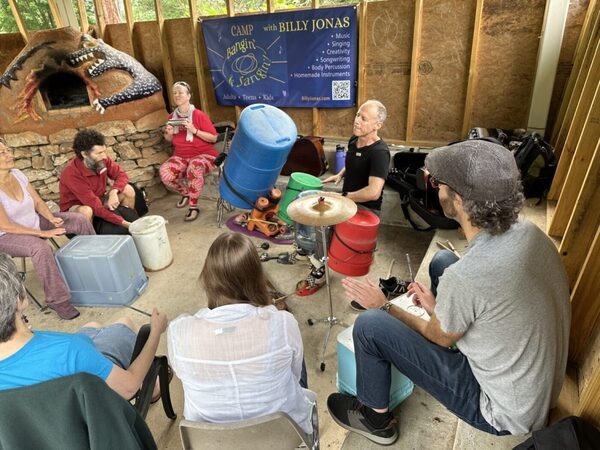
The Incomparable Billy Jonas
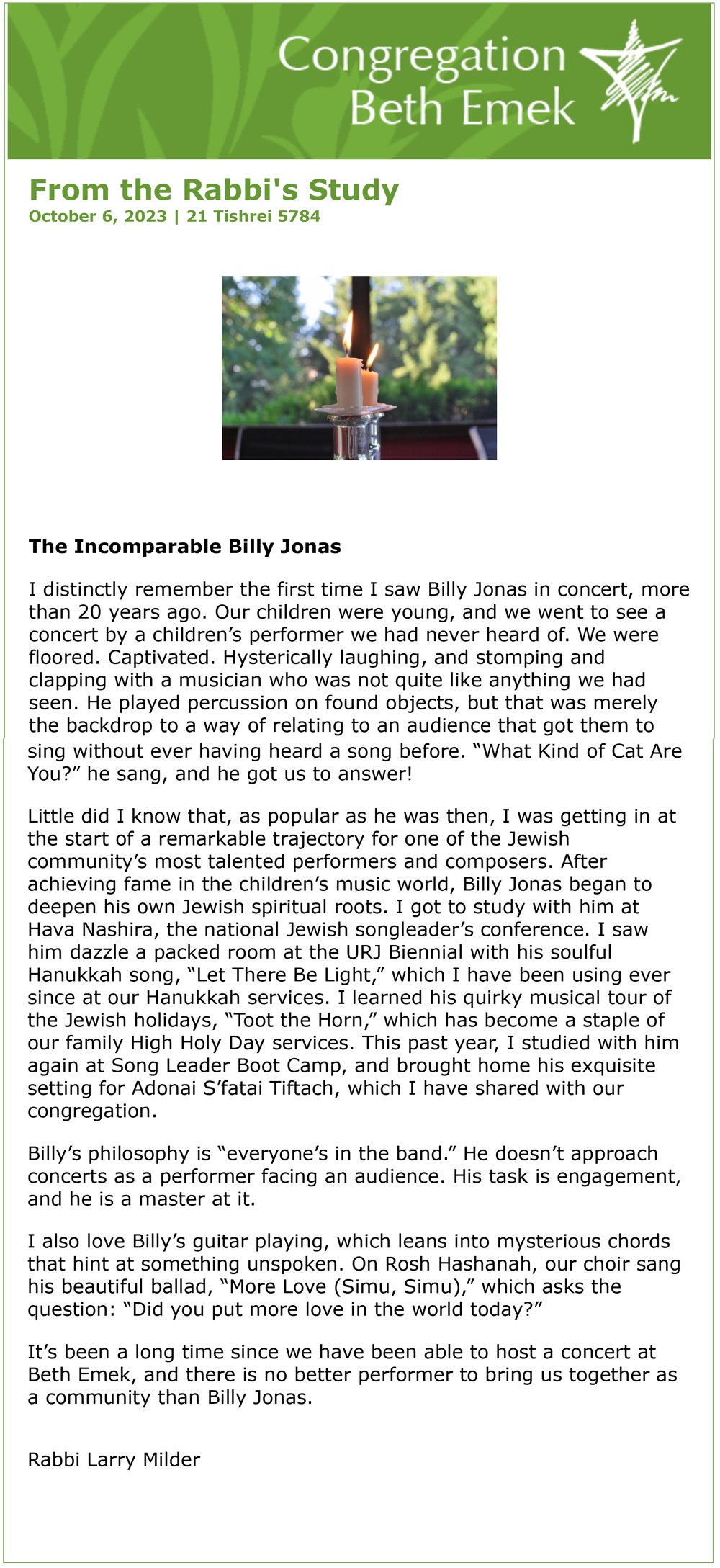
Music and words: Jewish musicians offer a bit of both
"Toot The Horn" review by Matt Robinson (Jewish Journal)
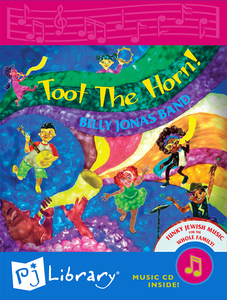
Article
Abraham Jam Aims to Bring People Together Through Music
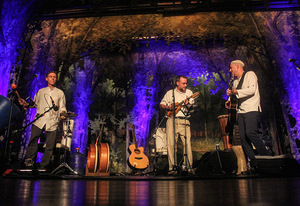
Cary, NC – As three musicians from three different religious backgrounds, Abraham Jam demonstrates how people can come together through harmonious music and a variety of instruments.
Finding Harmony
“We want to demonstrate that folks who are different can create something beautiful. It’s part of why we prefer performing harmonies rather than having each of us play the exact same part,” LaMotte said. “As a culture, we usually focus on resisting what’s wrong, and that’s important. But there’s the other half and that’s demonstrating what’s right.” Read the full article HERE
The It Guy
by Daniel Hazzan Gross
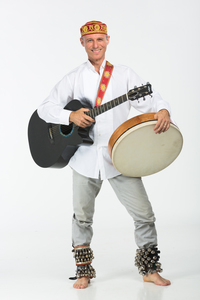
Q & A With Billy Jonas: Recycled Instruments and Jewish Summer Camp Influences
By Melissa Apter
Article: Billy Jonas Trio to Perfom: Venago Youth Choir performs with him
Article: Ashley Farmer celebrates her community, craft and the Billy Jonas Band
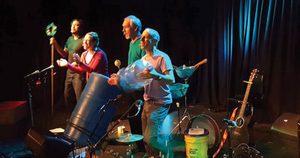
Farmer included in “Rescue Me,” a labor of love for rescue animals

A Spiritual Nomad Explores a Familiar Home
by Johanna Ginsberg
